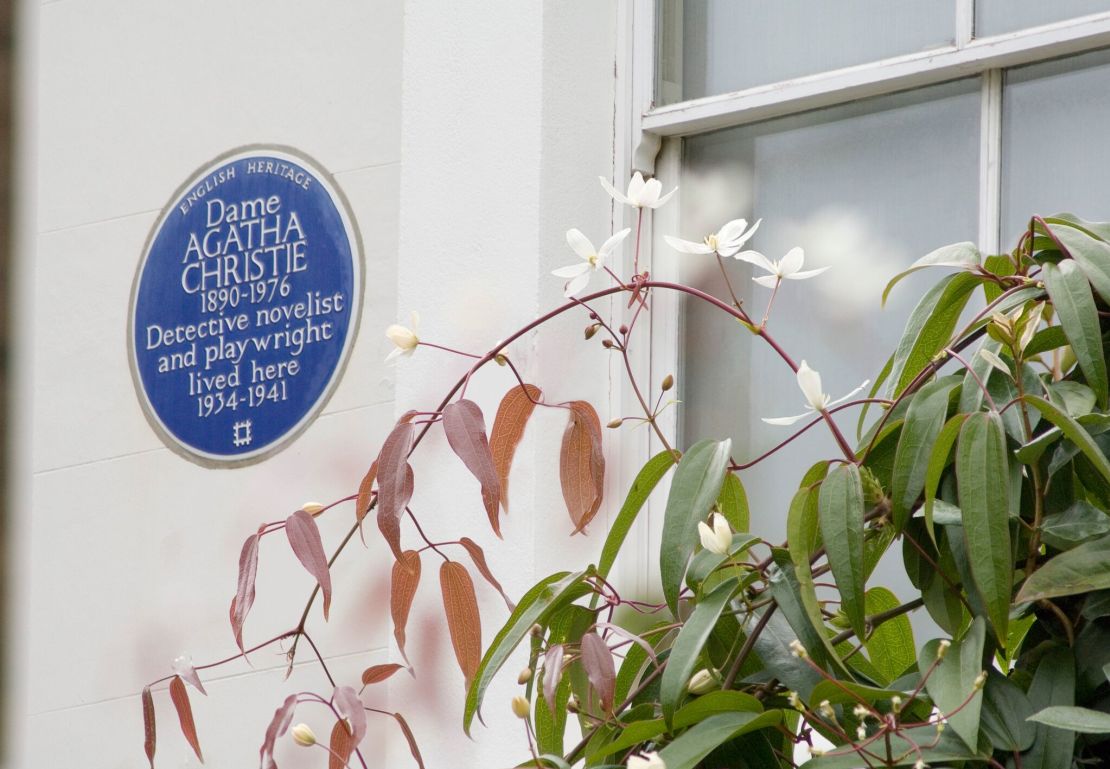Not enough women feature on the commemorative blue plaques that dot buildings in London, according to the organization in charge of allocating them.
The charity English Heritage, which cares for over 400 historic monuments, buildings and sites in England, is calling on the public to help it try to redress the balance.
At present, only 14% of the blue roundels, which mark locations where notable individuals either lived or worked, are dedicated to women.

Their absence reflects the “historic blindness” of society to women, according to Anna Eavis, curatorial director and secretary of the English Heritage Blue Plaques Panel.
She said: “The London blue plaques scheme is over 150 years old and the dominance of plaques to men reflects a historic blindness to both the role women have played in our society and the type of roles deemed worthy of celebration.
“At English Heritage we’ve long recognized this and have been doing what we can to address it, but the blue plaques scheme relies on public nominations, and we need their help.”
Member of Parliament William Ewart first proposed erecting “memorial tablets” in Britain’s House of Commons in 1863. It had an immediate impact on the public imagination, and in 1866 the Society of Arts founded an official plaques program.
The first plaque was dedicated to the poet Lord Byron, but a decade passed before the first woman – actress Sarah Siddons – was commemorated. By 1905 she had been joined by just four others, among them author George Eliot.
Nominees for blue plaques must meet a series of criteria: they should have made a “great and lasting impact on society” and been dead for at least 20 years. In addition, the building “must survive in a form that the commemorated person would have recognized, and be visible from a public highway.”
English Heritage launched its “plaques for women” campaign in 2016. Since then, more than half of new recipients have been women – including the botanist Agnes Arber (1879-1960) whose plaque will be unveiled on Thursday in the Primrose Hill section of north London.

But there is a long way to go, which is why the organization wants public support.
“This year’s centenary of the first votes for women has brought about an increased urgency to rebalance the record of women’s contribution to history,” Eavis said. “We really hope this enthusiasm will be translated into lots more nominations and ultimately more blue plaques for women.”
When English Heritage took over responsibility for the program in 1986, just 45 women had received recognition under the program. Since then, the charity has honored more than 80 women including computing pioneer Ada Lovelace, Rosalind Franklin, the scientist who helped discovered DNA, and Nancy Astor, the first woman to sit in Parliament.

Emmeline Pankhurst and her daughter Christabel led the campaign for women’s right to vote in Britain in the early 20th century. During the First World War, they both lived at 50 Clarendon Road in Holland Park, where there is now a blue plaque.
Influential food writer Elizabeth David and ballerina Margot Fonteyn are among those who have joined that list since English Heritage started actively seeking out notable women two years ago. Others who are due to receive the honor are actress Margaret Lockwood and Noor Inayat Khan, the first female radio operator sent into Nazi-occupied France.
Nominations are subject to thorough historical research and discussion, and English Heritage’s Blue Plaques Panel of experts meets three times a year to decide the short list.





